Lipstick Plant
- November 6, 2023
- 0 comment
The Lipstick plant, scientifically known as Aeschynanthus radicans, is a charming and popular houseplant celebrated for its unique and eye-catching appearance.

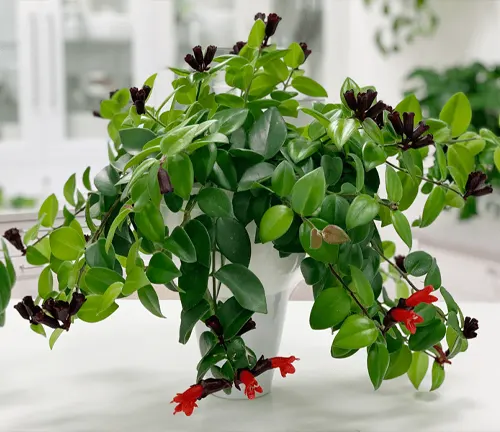
Native to the rainforests of Southeast Asia, this evergreen vine derives its common name from the distinctive tubular, red, or orange flowers that dangle like a row of lipstick tubes. The plant’s lush, glossy green leaves and its cascading growth habit make it an excellent choice for hanging baskets or as a trailing plant.
Lipstick plants are relatively low-maintenance and thrive in indirect light, making them an ideal choice for indoor gardeners. With proper care and attention, these lovely houseplants can bloom prolifically, adding a touch of exotic elegance to any interior space.
| Characteristics | Description |
| Scientific Name | Aeschynanthus radicans |
| Common Names | Lipstick plant, Lipstick vine |
| Plant Type | Evergreen vine |
| Native Region | Southeast Asia |
| Flower Color | Red or orange tubular flowers |
| Foliage | Glossy, dark green leaves |
| Growth Habit | Trailing and cascading |
| Light Requirements | Indirect light, avoid direct sunlight |
| Watering | Keep soil consistently moist, but not waterlogged |
| Soil Type | Well-draining potting mix |
| Humidity | Prefers higher humidity levels |
| Temperature Range | 65-75°F (18-24°C) |
| Fertilization | Feed with a balanced liquid fertilizer during the growing season (spring and summer) |
| Pruning | Prune to maintain shape and encourage bushiness |
| Propagation | Can be propagated from stem cuttings |
| Pest and Disease Resistance | Generally hardy but may be susceptible to mealybugs and aphids |
Botanical Beauty of “Lipstick Plant”
The Lipstick plant, scientifically known as Aeschynanthus radicans, is a botanical beauty that has captured the hearts of plant enthusiasts around the world. This elegant evergreen vine, native to the lush rainforests of Southeast Asia, is more than just a houseplant – it’s a living work of art. One of the most striking features of this plant is its unique tubular flowers that resemble rows of miniature lipstick tubes, hence its common name. These vibrant red or orange flowers are a testament to the incredible diversity and beauty found in the plant kingdom.
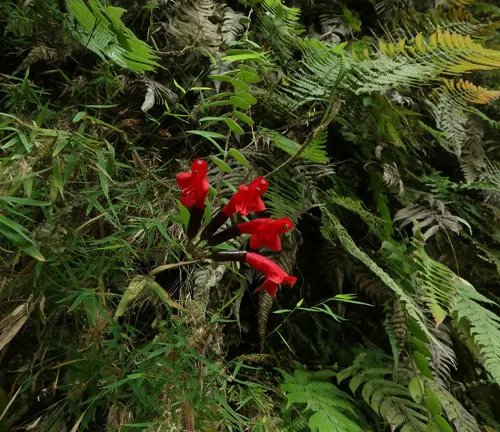
Woodland Elegance
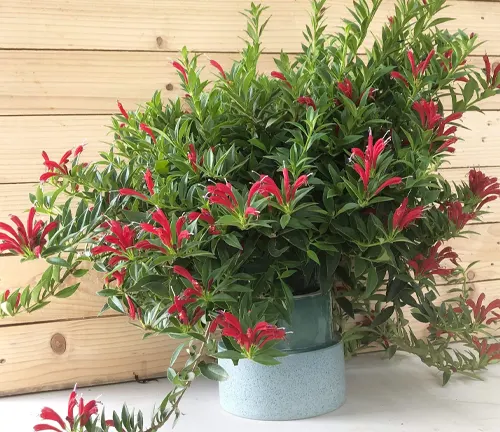
The Lipstick plant’s elegant appearance is not limited to its blossoms. Its glossy, dark green leaves provide a lush backdrop, making it a captivating addition to any indoor garden. This trailing vine’s growth habit adds a touch of woodland charm to your living space, and it’s an ideal choice for hanging baskets or as a trailing plant. The contrast between the deep green foliage and the bright, tube-like flowers is a true marvel of nature, offering a unique and visually pleasing experience for plant enthusiasts.
Ecological Importance
In its native habitat, the Lipstick plant plays an important role in the ecosystem. It provides nectar for pollinators, including hummingbirds and insects, which aid in the plant’s reproduction by facilitating pollination. This ecological partnership is a testament to the interconnectedness of all living organisms in the natural world, and the Lipstick plant is a prime example of how plants and animals coexist in harmony.

Cultivation and Conservation
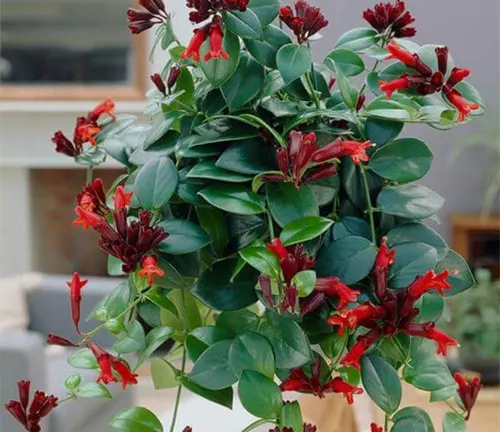
Cultivating the Lipstick plant is not only a joy for enthusiasts but also contributes to its conservation. By growing this beautiful species in controlled environments, we can reduce the pressure on wild populations, which are often threatened by habitat loss and deforestation. Ensuring the survival of the Lipstick plant is not just about maintaining its beauty but also safeguarding its place in the delicate web of biodiversity.
Fragrance
While the Lipstick plant is primarily celebrated for its visual appeal, it also carries a subtle and delightful fragrance. The sweet scent of its flowers adds an extra layer of sensory delight to your indoor garden. This olfactory aspect enhances the overall experience of having the Lipstick plant in your home, making it a truly multisensory pleasure.
Soil Stabilization
In its native rainforest environment, the Lipstick plant’s trailing vines play a vital role in stabilizing the soil. Their growth helps prevent erosion, maintaining the delicate balance of the ecosystem. This ecological function underscores the importance of preserving not just the individual species but the habitats they occupy.
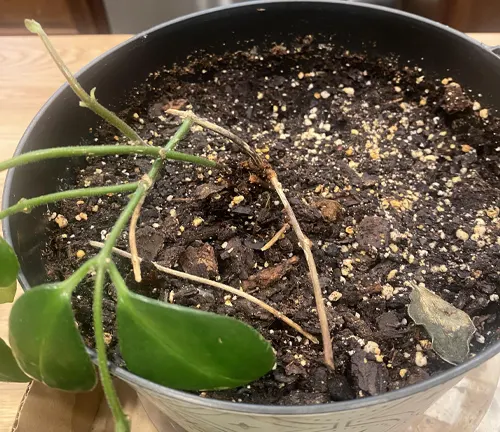
Common Uses
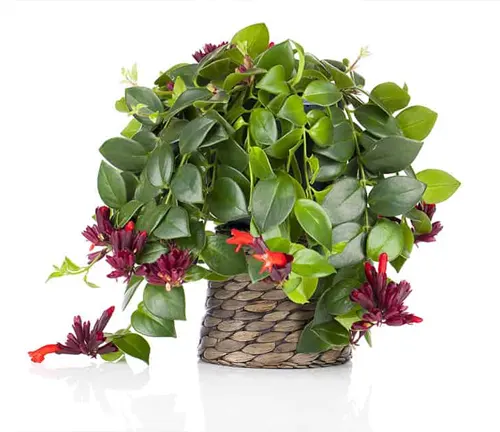
Aside from being a decorative houseplant, the Lipstick plant has other practical uses. Its vibrant red or orange flowers are often incorporated into floral arrangements, adding a touch of exotic beauty to bouquets and corsages. In some regions, the plant’s tubular flowers are also used in traditional medicine for their potential healing properties.
Benefits
The Lipstick plant offers numerous benefits to its caretakers. Its low-maintenance nature makes it an ideal choice for those looking to add greenery to their homes without the need for extensive care. Moreover, it is known for its air-purifying qualities, helping to improve indoor air quality by filtering out common pollutants.
Different Species
Aeschynanthus radicans
This is the classic Lipstick plant with glossy, dark green leaves and bright red or orange tubular flowers. It’s a popular choice for indoor gardening and is known for its vibrant blooms.
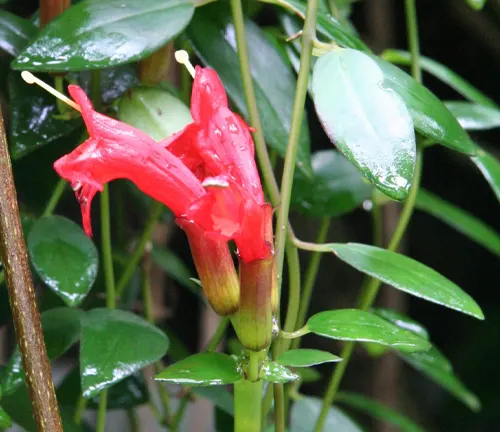

Aeschynanthus pulcher
Also known as the Basket Plant, it features cascading vines with dark green leaves and bright red flowers. This species is often used in hanging baskets.
Aeschynanthus marmoratus
This species is recognized for its variegated foliage. The leaves are often marbled with shades of white or silver, adding an extra dimension to its aesthetic appeal.
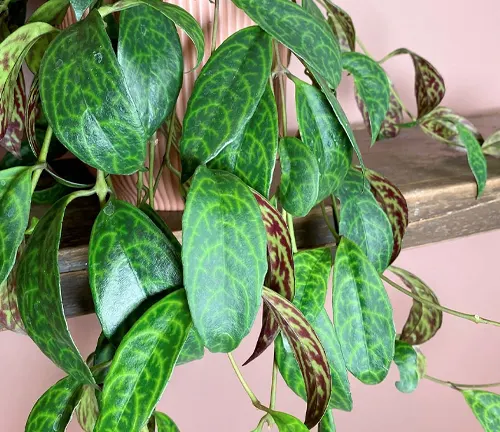

Aeschynanthus speciosus
Known as the Black Pagoda Lipstick Plant, it has striking, dark purple to blackish flowers. Its unique coloration makes it a sought-after variety among collectors.
Aeschynanthus longicaulis
This species is characterized by its long, trailing stems and small, waxy, red flowers. It’s an excellent choice for those looking to create lush hanging displays.
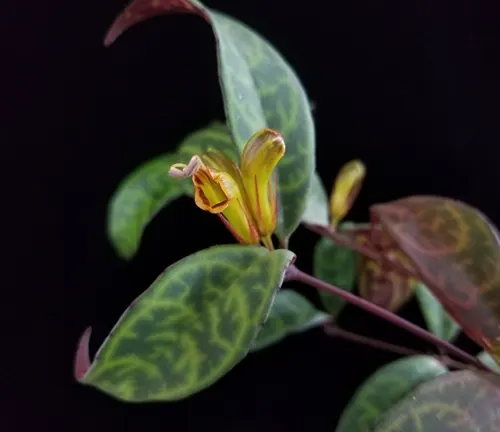
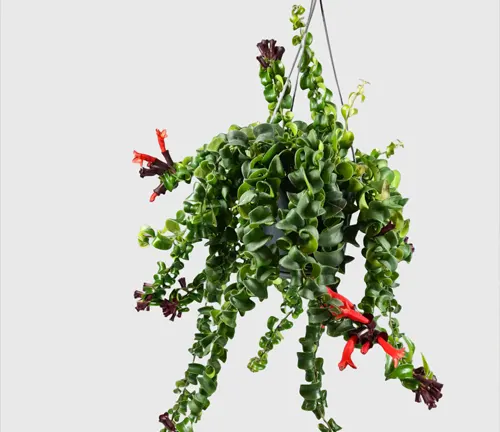
Aeschynanthus ‘Rasta Man’
This is a cultivated variety with variegated leaves that feature shades of green, cream, and pink. Its unique foliage adds a distinctive touch to indoor gardens.
Aeschynanthus ‘Black Pagoda’
This cultivar is prized for its deep maroon, almost black, flowers. It’s a stunning and rare variety that can be a centerpiece in any plant collection.
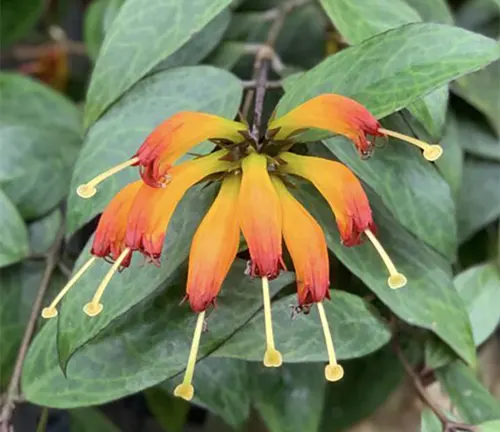
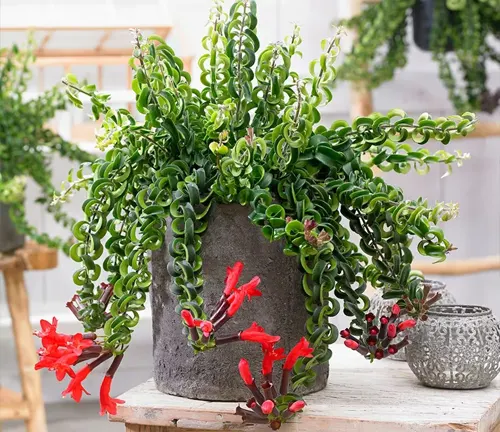
Aeschynanthus ‘Twister’
As the name suggests, this variety has twisted, curly leaves that set it apart from other Lipstick plants. It’s a fascinating and unique addition to any plant collection.
Frequently Asked Questions (FAQs)
- What is a Lipstick Plant?
A Lipstick Plant (Aeschynanthus) is a popular houseplant known for its unique tubular flowers that resemble miniature lipstick tubes. It’s a tropical vine native to Southeast Asia and is often grown for its ornamental beauty. - How do I care for a Lipstick Plant?
Lipstick Plants thrive in indirect light, well-draining soil, and with consistent moisture. They prefer higher humidity levels and should be protected from direct sunlight. Regular pruning can help maintain their shape and encourage bushiness. - When and how should I water my Lipstick Plant?
Water your Lipstick Plant when the top inch of the soil feels dry to the touch. Water thoroughly but avoid letting the plant sit in standing water, as it can lead to root rot. Be mindful not to overwater, as this can harm the plant. - How can I propagate my Lipstick Plant?
Lipstick Plants can be propagated from stem cuttings. Simply snip a healthy stem, remove the lower leaves, and place the cutting in a suitable potting mix. Keep it consistently moist until roots develop. - What kind of temperature is best for Lipstick Plants?
Lipstick Plants prefer temperatures between 65-75°F (18-24°C). They should be protected from drafts and sudden temperature fluctuations. - Why is my Lipstick Plant not blooming?
Lipstick Plants may require specific conditions to bloom, including adequate light and humidity. Ensure your plant is receiving enough indirect light and provide consistent care to encourage flowering. - Are Lipstick Plants toxic to pets or humans?
Lipstick Plants are generally considered non-toxic to humans. However, they can be mildly toxic to pets if ingested, so it’s advisable to keep them out of reach of animals. - Can I grow Lipstick Plants outdoors?
Lipstick Plants are typically grown as houseplants, but they can be placed outdoors in a sheltered, shaded area during the warmer months. They should be brought inside before the temperatures drop in the fall. - How often should I fertilize my Lipstick Plant?
Fertilize your Lipstick Plant during the growing season (spring and summer) with a balanced liquid fertilizer. Reduce or eliminate fertilization during the dormant winter months. - What are common pests and problems that affect Lipstick Plants?
Lipstick Plants can be susceptible to pests like mealybugs and aphids. Overwatering can lead to root rot, so it’s important to monitor soil moisture carefully.


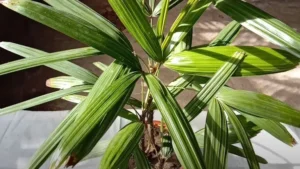

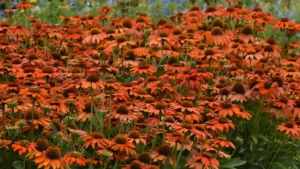
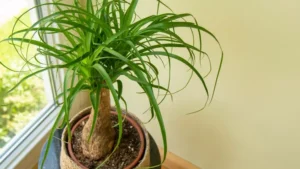
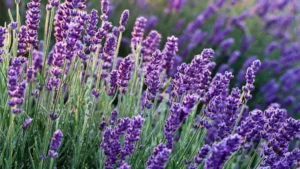
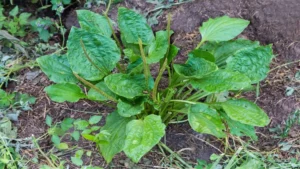
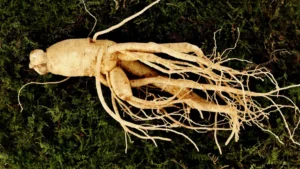
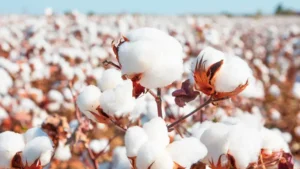

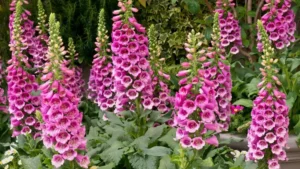
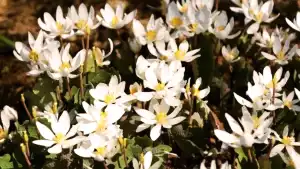
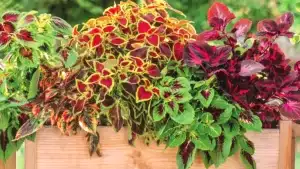
Leave your comment